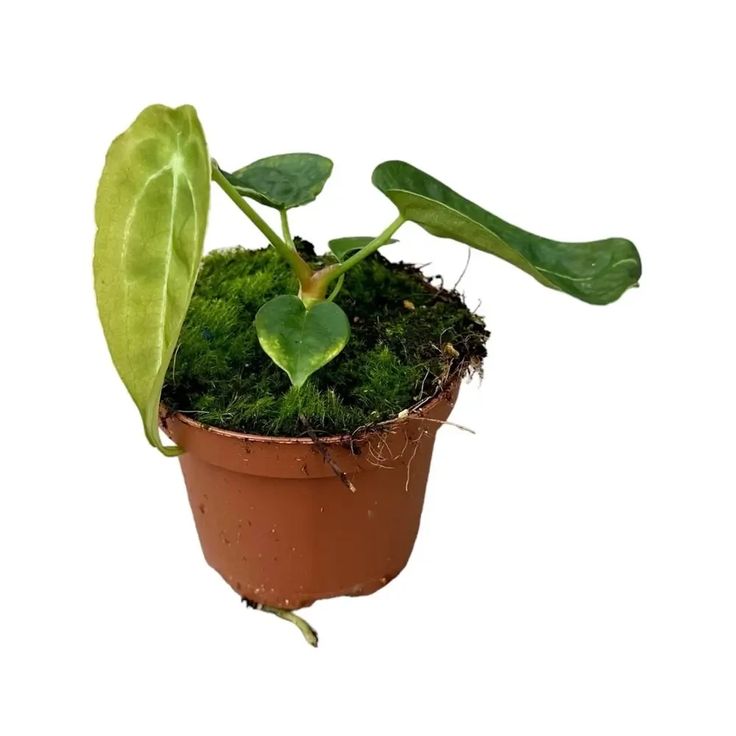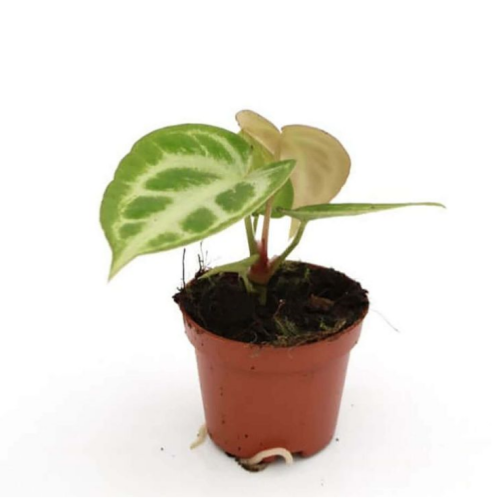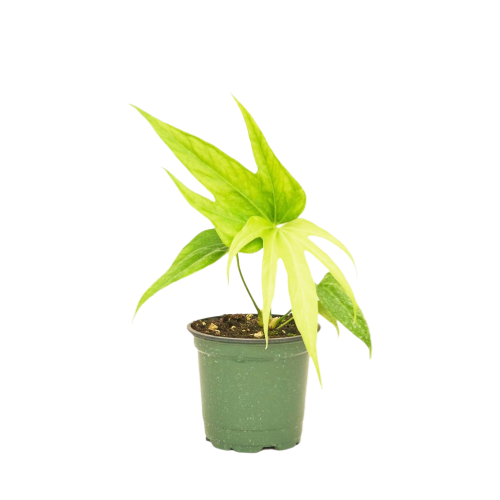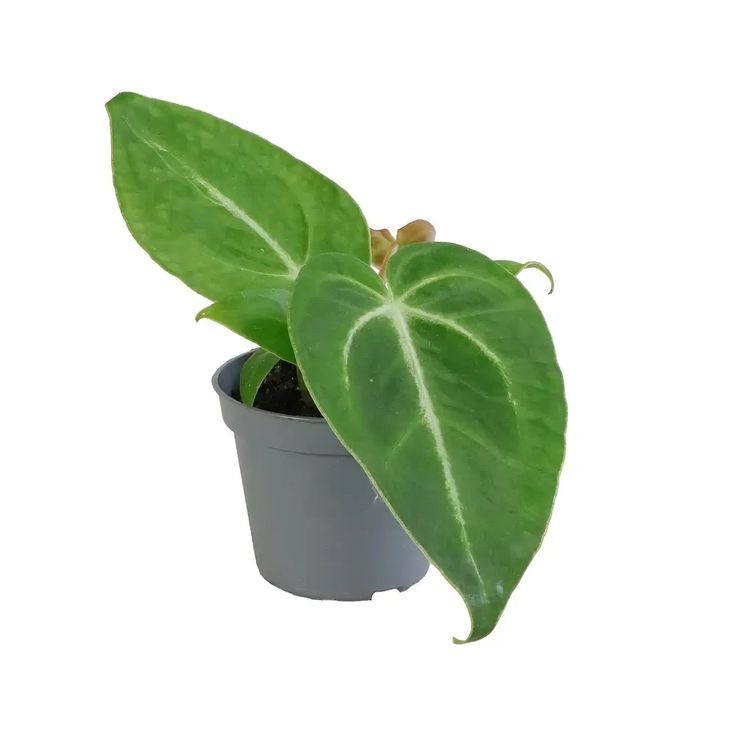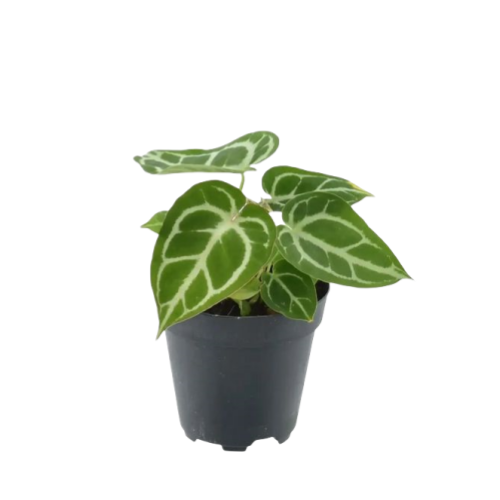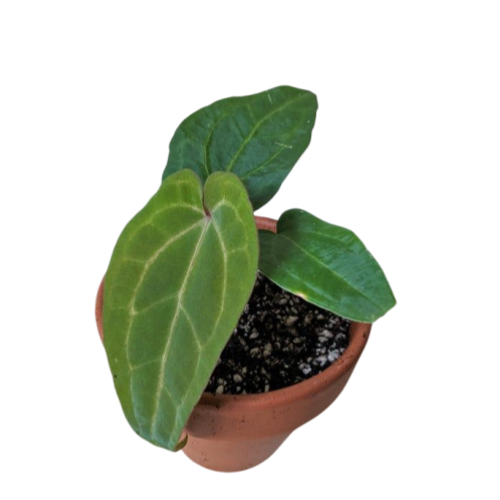Anthurium superbum
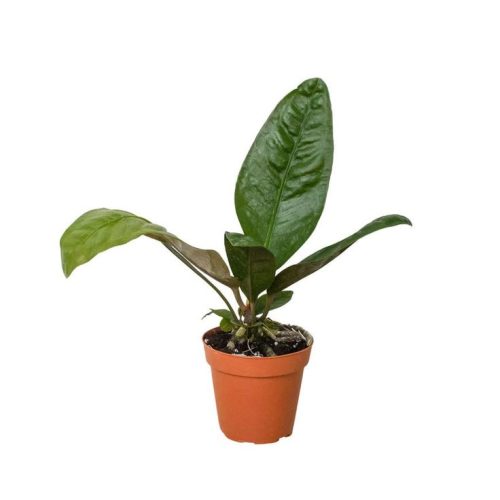
- Botanical Name: Anthurium Superbum Madison
- Family Name: AracEAE
- Kakau: 3-5 inches
- Te pāmahana: 18℃-24℃
- Other: warmth, indirect light, and humidity
Tirohanga whānui
Whakaahuatanga Hua
Nga pakiaka hiu: Me pehea te kitea o te anthurium superbum i tona perch
Ecuadorhianian Enchanter: Te Takenga Arboreal o Anthurium Superbum
Anthurium superbum, also known as the Bird’s Nest Anthurium, claims the misty lowland forests of Ecuador as its native home. This tropical fern ally flourishes at moderate elevations, typically between 650 to 1,150 feet (200 to 350 meters), where the air is thick with moisture and the undergrowth is lush with life. In these forests, the Anthurium Superbum has evolved to become a master of aerial living, an epiphyte that dances gracefully among the branches.
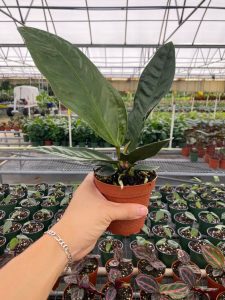
Anthurium superbum
Ka rite ki te Epiphyte, he anthurium Superbum he mahinga tipu tino kore. Ka raru te kiri o etahi atu rakau, ma te whakamahi i nga pakiaka rererangi kaore e taea te tarai ki te oneone engari ki te tarai ki nga kahiwi me nga manga o ona hoa noho. Ko enei pakiaka, he maha nga mawhero me te pakari, kua oti te whakauru i nga matūkai kaore i te pirau noa i a raatau engari i te hau.
The plant’s unique ability to grow without soil makes it a botanical wonder, showcasing nature’s ingenuity in the diverse ways plants can thrive. In its natural habitat, Anthurium Superbum’s rosette of stiff, leathery leaves forms a bowl-like structure that collects rainwater and debris. This natural basin not only provides a reservoir for the plant during the dry spells but also creates a miniature ecosystem that supports a variety of forest critters.
The Anthurium Superbum’s adaptation to its forest ecosystem is a testament to its resilience and versatility. It stands as a silent sentinel in the Ecuadorian lowlands, its leaves reaching out to form a protective nest that invites life to flourish within its embrace. This plant is not just a passive observer in its environment but an active participant, shaping its own survival story in the eternal ballet of the rainforest.
Lybay Clayrinth: Ko nga waahanga o te hoa fakaahu
This plant is known for its long, stiff leaves that fan out to form a bowl shape, resembling a bird’s nest, hence its nickname. The leaves are elliptical to oblong-elliptic, with a dark purple-green color on the front and occasionally purple or red on the back. The plant’s inflorescence is erect and shorter than the leaf, with a white spadix that turns rose, and a green spathe. It bears purple berries。
Matohi Hutia ranei ka noho ranei: Te wahi e karanga ai tenei tipu ki te kainga
Ko te anthurium superbum e kaha ana i roto i te haumākū teitei me te pāmahana ngawari. He pai ake te maama o te maama engari ka taea te whakaae i nga tikanga maama o raro. Kaore i te tino maarama te tipu mo te haumākū me te whakahaere i te taumata makuku o te kaainga kaainga, ahakoa e maioha ana ki te haumākū teitei ake ka taea te akiaki i te tipu rau nui.
He hae: The Anthurium Superbum’s Secret Celebrity Status
Ecuadorhianian Enchanter: Te Takenga Arboreal o Anthurium Superbum
Anthurium Superbum, also known as the Bird’s Nest Anthurium, claims the misty lowland forests of Ecuador as its native home. This tropical fern ally flourishes at moderate elevations, typically between 650 to 1,150 feet (200 to 350 meters), where the air is thick with moisture and the undergrowth is lush with life. In these forests, the Anthurium Superbum has evolved to become a master of aerial living, an epiphyte that dances gracefully among the branches.
Ka rite ki te Epiphyte, he anthurium Superbum he mahinga tipu tino kore. Ka raru te kiri o etahi atu rakau, ma te whakamahi i nga pakiaka rererangi kaore e taea te tarai ki te oneone engari ki te tarai ki nga kahiwi me nga manga o ona hoa noho. Ko enei pakiaka, he maha nga mawhero me te pakari, kua oti te whakauru i nga matūkai kaore i te pirau noa i a raatau engari i te hau.
The plant’s unique ability to grow without soil makes it a botanical wonder, showcasing nature’s ingenuity in the diverse ways plants can thrive. In its natural habitat, Anthurium Superbum’s rosette of stiff, leathery leaves forms a bowl-like structure that collects rainwater and debris. This natural basin not only provides a reservoir for the plant during the dry spells but also creates a miniature ecosystem that supports a variety of forest critters.
The Anthurium Superbum’s adaptation to its forest ecosystem is a testament to its resilience and versatility. It stands as a silent sentinel in the Ecuadorian lowlands, its leaves reaching out to form a protective nest that invites life to flourish within its embrace. This plant is not just a passive observer in its environment but an active participant, shaping its own survival story in the eternal ballet of the rainforest.
Matapihi Maamaa ranei Buddy Buddy: He tino tika mo to Pal Pol
He pai te tipu nei mo nga tautuhinga o roto, otira e tata ana ki te raki, ki te rawhiti ranei ki te rawhiti ki te tango i te nui o te maama. Ka taea hoki te whakanoho ki roto i te kaukaukau, i etahi atu wahi ranei o te kaainga o te kaainga. I waho, ka taea te tipu i roto i te USDA Hardines 10A me te 11, i te mea kua tiakina e ia mai i te ra tika me nga tauira makariri.
Te matewai? Ehara i te tino: The Lazy Gardener’s Guide to Watering Wisdom
One of the unique aspects of Anthurium Superbum is its ability to tolerate lower humidity and less frequent watering due to its thick leaves and robust roots. It also has a slow growth rate, which makes it a low-maintenance addition to any garden. The plant’s air-purifying properties and its tolerance to a range of conditions make it an excellent choice for those seeking a hardy, visually impressive houseplant。





